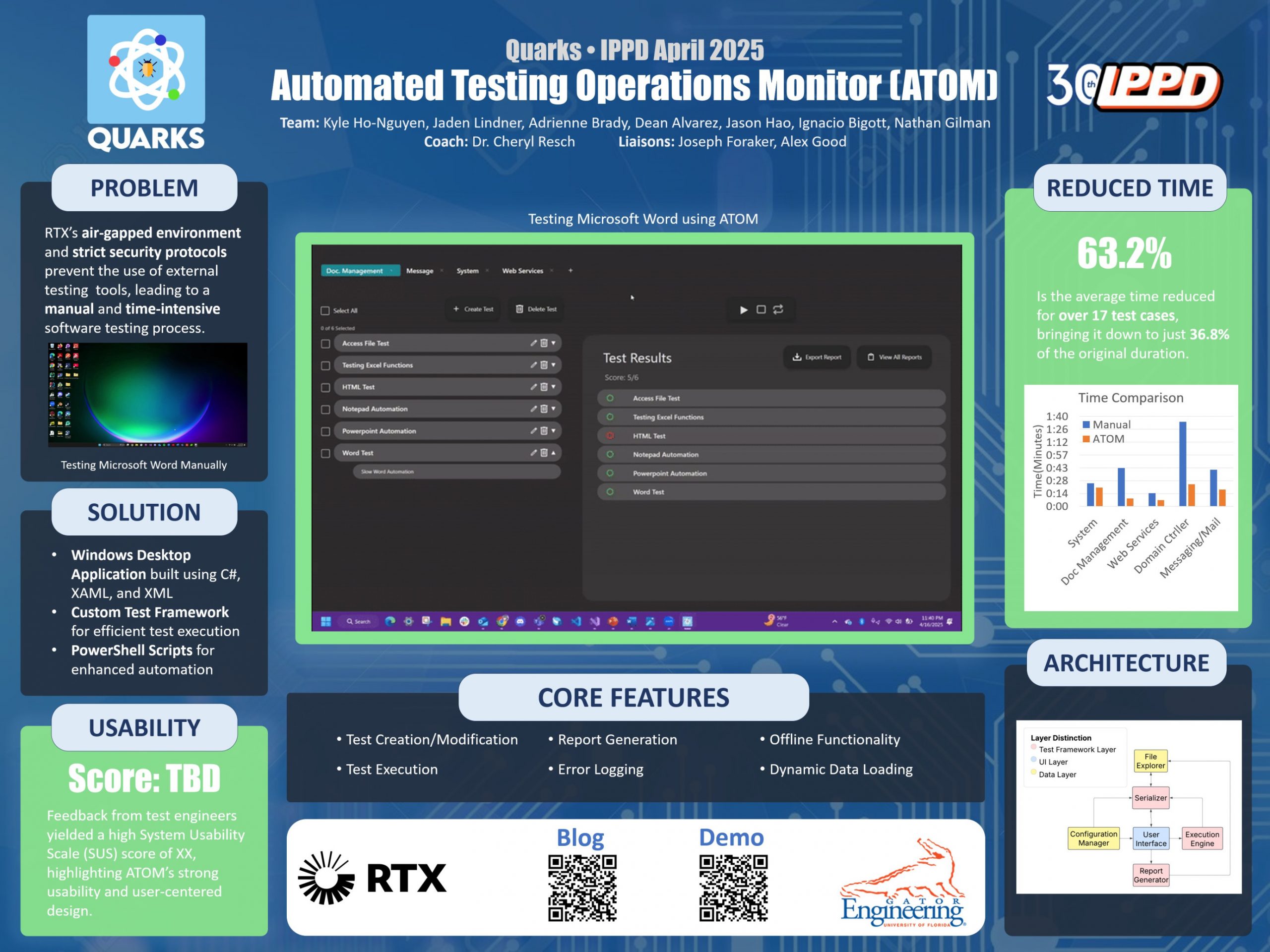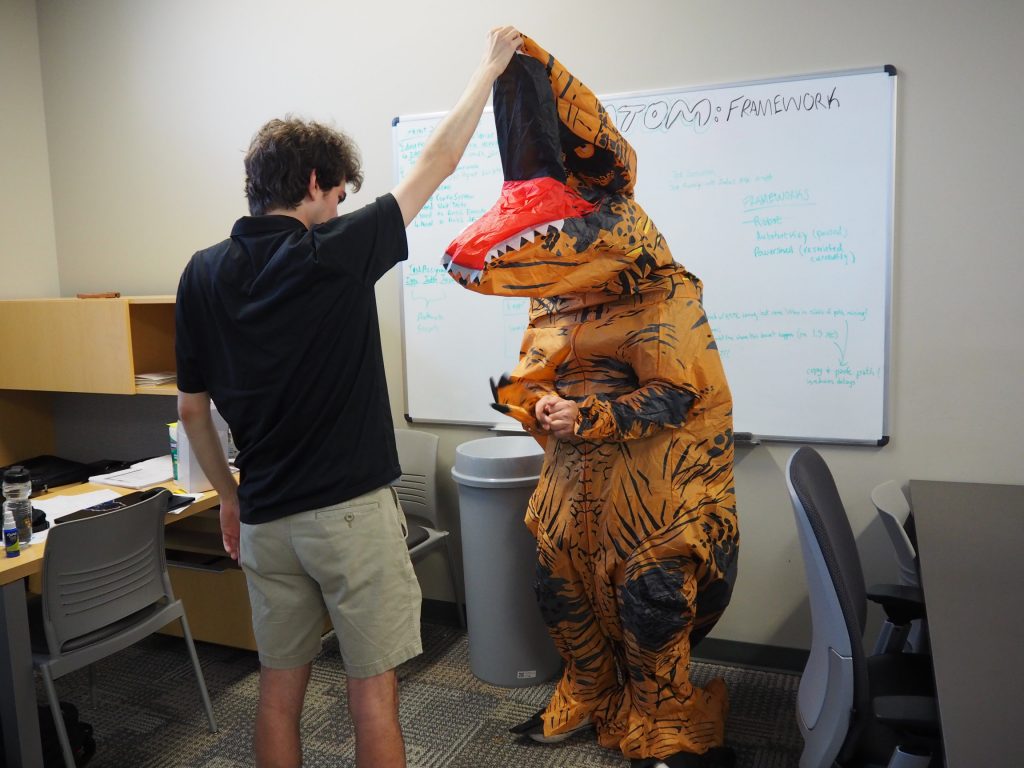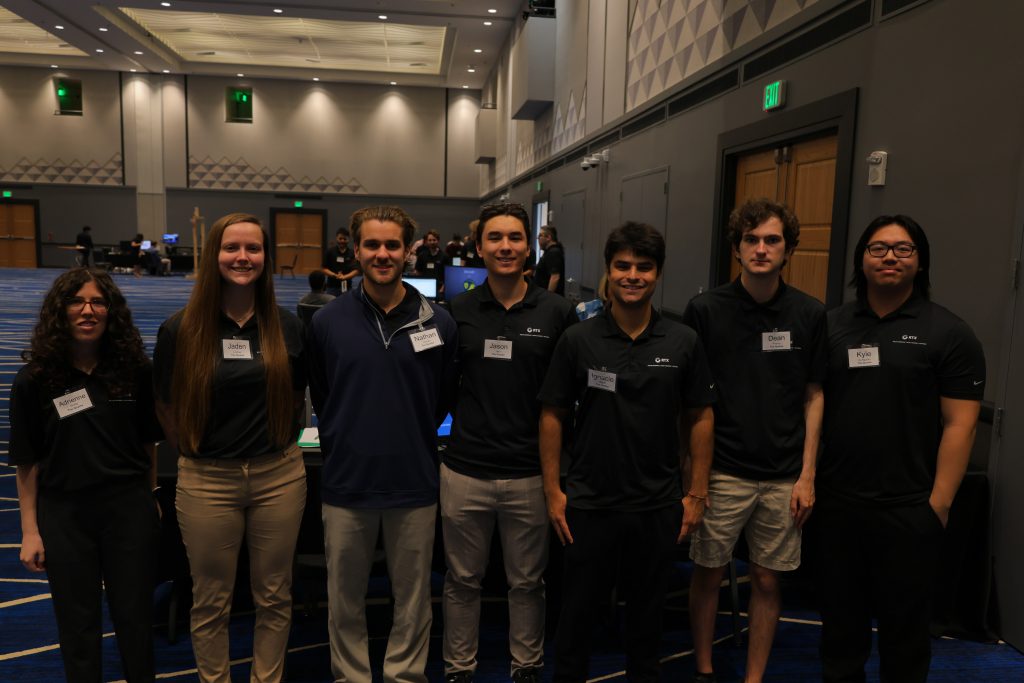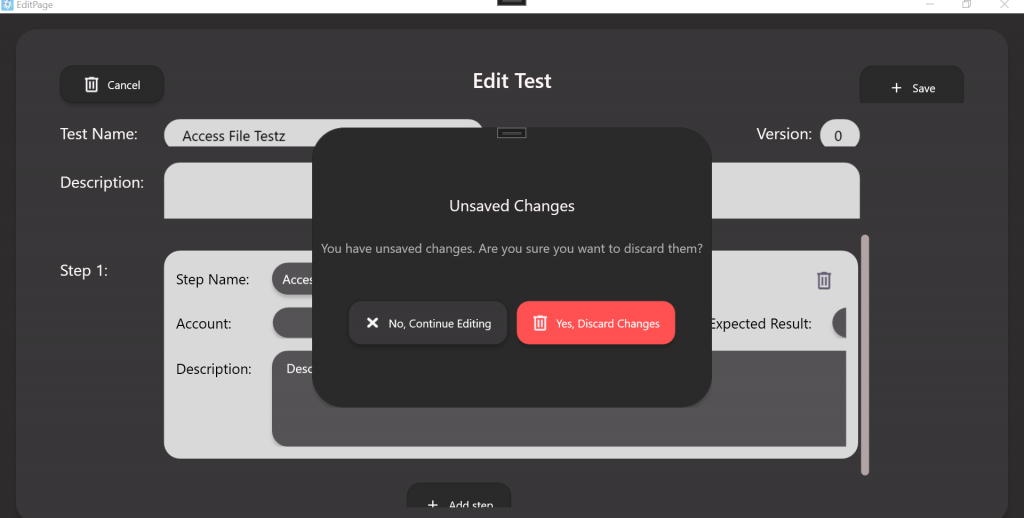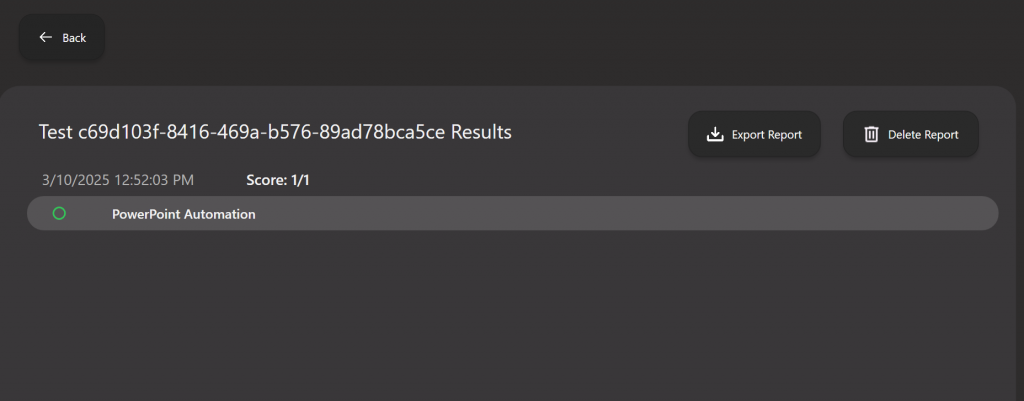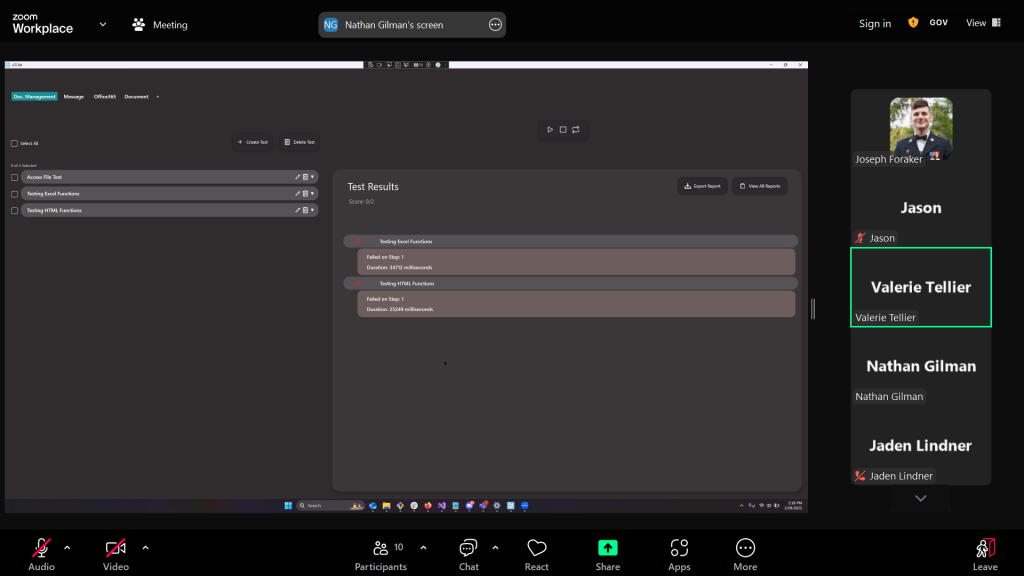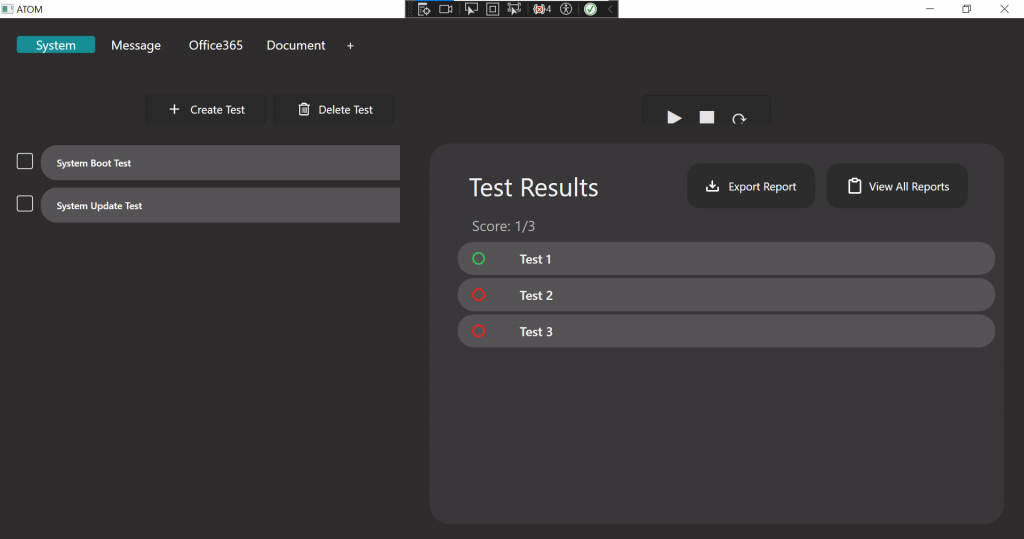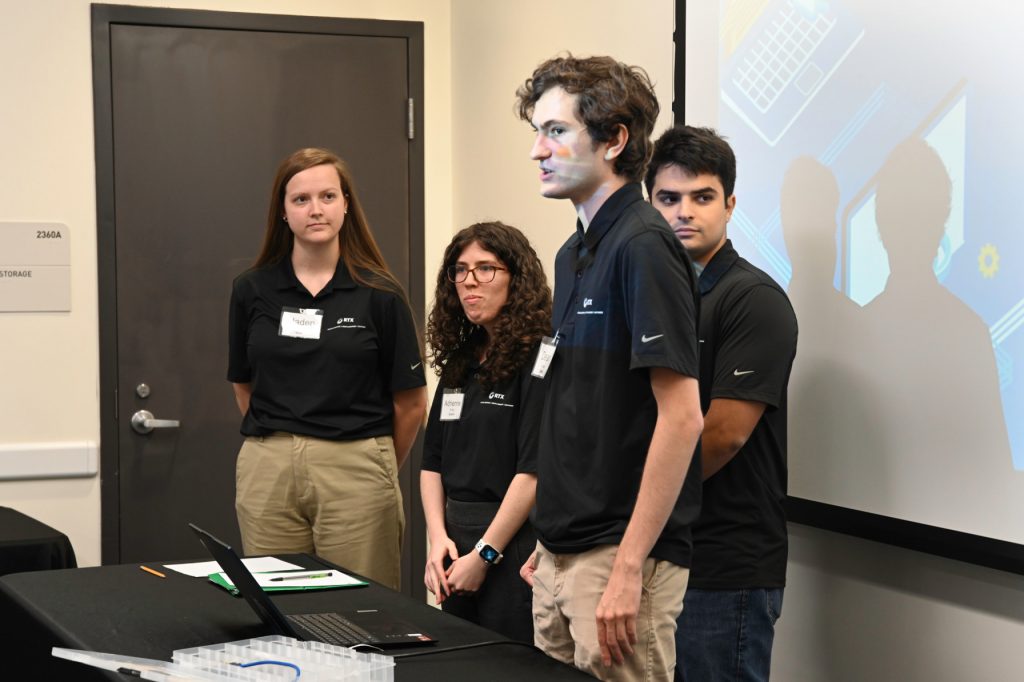
The Quarks had their final IPPD event this week. This event was the culmination of two semesters worth of work, planning, and developing. We were able to listen to some great speakers, ask questions, network with amazing people, and most importantly present ATOM. Through a private showcase, final presentation, and public showcase, we were able to show off our project and all the work we’ve put into it this past year. From the first time we heard the project description to the final result, we created ATOM from just an idea to a full fledged application with all of its automated tests. We are happy to have such a good team to work with through the whole process and a great coach, liaisons, and staff to support us along the way.
After many presentations, assignments, filling out documents, and coding, it was extremely rewarding to send off our final product. This experience has been one of a kind and was an amazing way to end our time in college. We have learned, developed, and grown so much from the beginning of this course back in the fall and are better engineers for it. Thank you again for a great year! IPPD was well worth the work. The Quarks thank you for coming along this journey with us!
